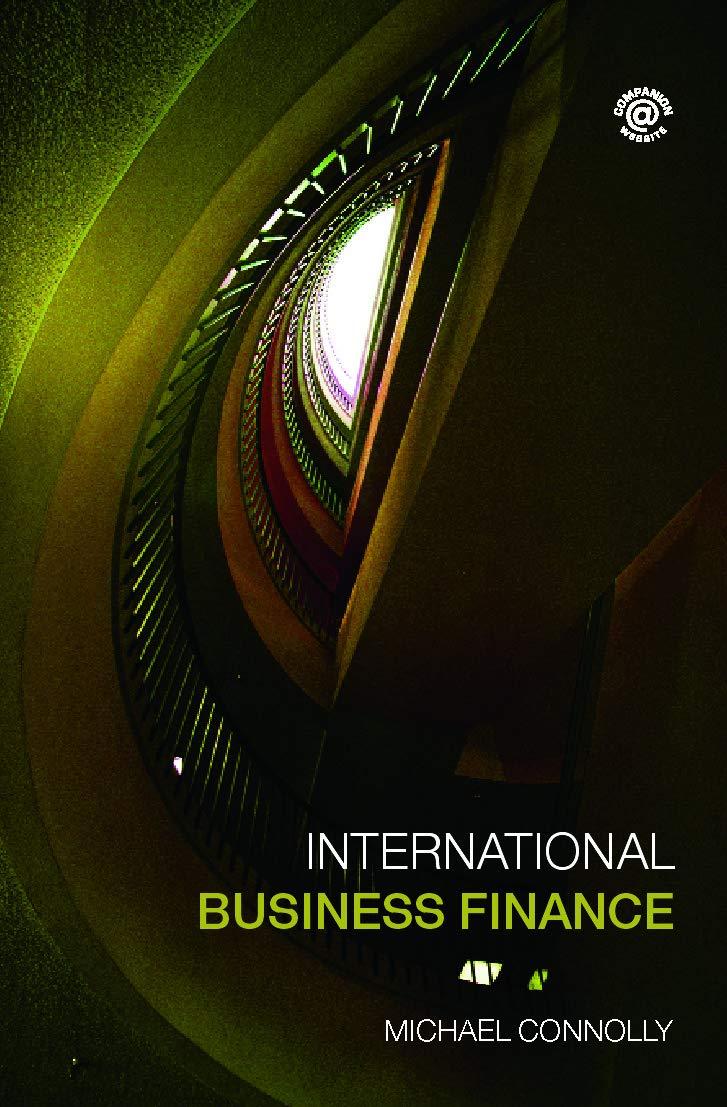11 A call option on Australian dollars has a strike (exercise) price of S.56. The present exchange rate is $.59. This call option can be referred to as: a. in the money b. out of the money. c. at the money d. at a discount 12. Which of the following operations benefits from appreciation of the firms local currency? a. borrowing in a foreign currency and converting the funds to the local currency b. c. d. prior to the appreciation. receiving earnings dividends from foreign subsidiaries. purchasing supplies locally rather than overseas. exporting to foreign countries. 13. AUS. MNC has the equivalent of $1 million cash outflows in each of two highly negatively correlated currencies. During a. weak: somewhat stable b. weak: favorably affected c. weak: adversely affected d. none of the above dollar cycles, cash outflows are 14. Magent Co. is a U.S. company that has exposure to the Swiss francs (SF) and Danish kroner (DK). It has net inflows of SF200 million and net outflows of DK500 million. The present exchange rate of the SF is about $.40 whille the present exchange rate of the DK is $.10 Magent Co. has not hedged these positions. The SF and DK are highly correlated in their movements against the dollar, If the dollar weakens, then Magent Co. will a. benefit, because the dollar value of its SF position exceeds the dollar value of its DK position. b, benefit, because the dollar value of its DK position exceeds the dollar value of its SF position c. be adversely affected, because the dollar value of its SF position exceeds the dollar value of its DK position. d. be adversely affected, because the dollar value of its DK position exceeds the dollar value of its SF position. 15. If a U.S, firm's cost of goods sold exposure is much greater than its sales exposure in Switzerland, there is aoverall impact of the Swiss franc's depreciation against the dollar a. positive: interest expenses b. positive; gross profit c. negative; gross profit d. negative; interest expenses 16. Subsidiary A of Mega Corporation has net inflows in Australian dollars of A$1,000.000, while Subsidiary B has net outflows in Australian dolars of A$1,500,000. The expected exchange rate of the Australian dollar is $.55. What is the net inflow or outflow as measured in U.S. dollars? a. $500.000 outflow b. $500,000 inflow. c. $275,000 inflow. d. $275,000 outflow







